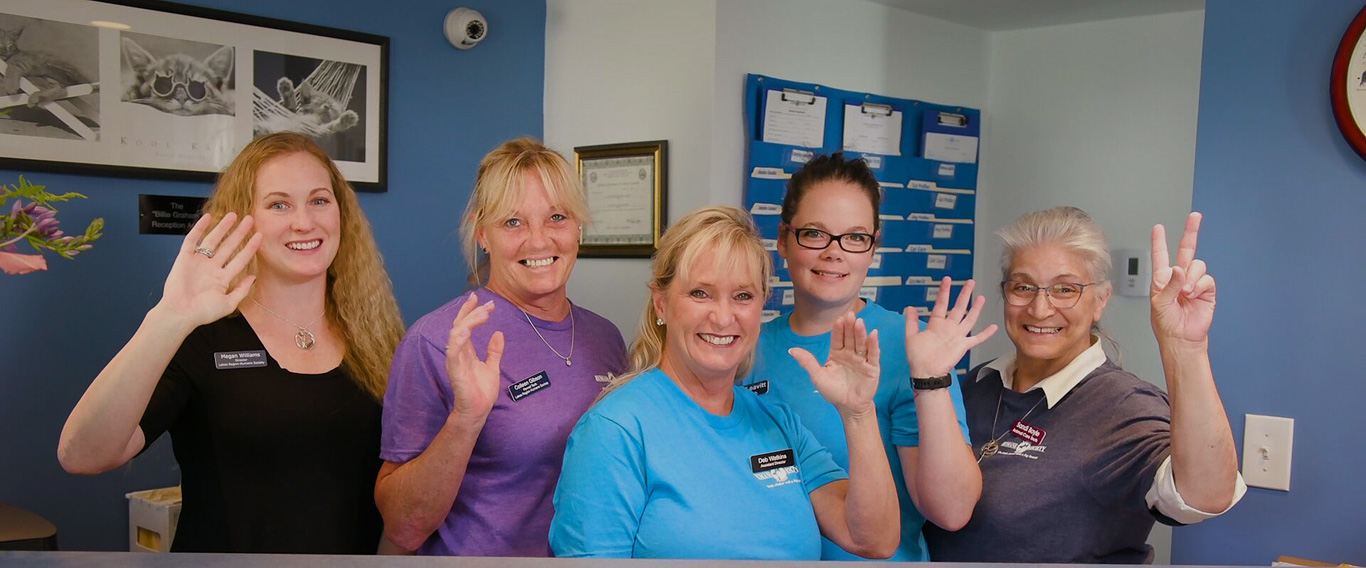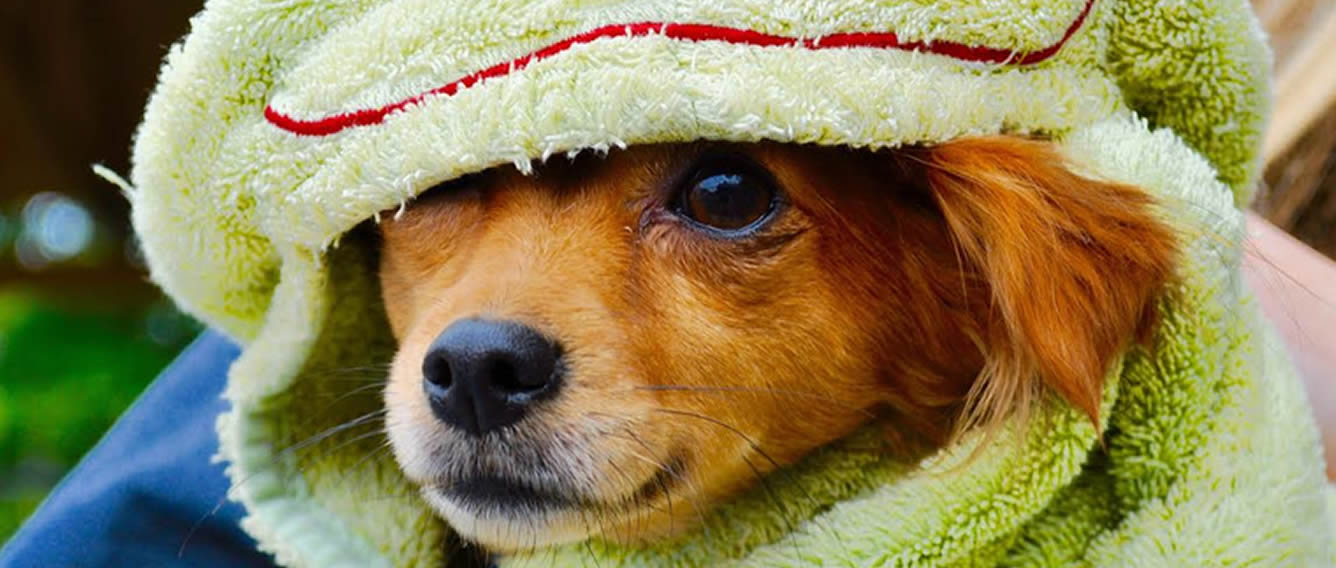If Your Pet Goes Missing
Search Your Home – check every nook & cranny of your home, garage, shed, chicken coops, attics, basements, under porches, etc.
Make Calls – contact your local animal shelter* AND your local Police Department AND local Veterinary Hospitals to report your missing pet. If your pet has a microchip call the microchip company to ensure your contact information is valid.
Visit these Online Pet Recovery Pages
Granite State Dog Recovery creates posters that can be printed, distributed, and shared online to help reunite lost dogs with their owners.
LostMyDoggie.com – is a place to list lost or found dogs. Posters are created and can be shared in paper form or online to help spread the word.
LostMyKitty.com – is a place to list lost or found cats. Posters are created and can be shared in paper form or online to help spread the word.
Click here for video tips on recovering your lost cat.
Entice Them – put out high-value/smelly food (tuna, hot dogs, peanut butter) and clothes with your scent outside your home and/or the last location your pet was seen. Check on the food periodically, are there tracks that could be your pets? If you have a game camera, set it up and see if your dog has been by.
Spread the Word – Ask neighbors if they’ve seen your pet and leave a flyer with them. Hang flyers wherever you can (note: it’s illegal to put them in mailboxes) ask local businesses, Veterinary Hospitals, Pet Supply Shops, Post Offices, Groomers, Animal Shelters*, etc. to display flyers in their windows. Share your poster on Social Media. Ask your friends and family to share your media posts and help distribute flyers.
Go Find Them – Remember to BRING A LEASH or carrier, your phone, high-value treats and dress for the weather.
What NOT to do – per Granite State Dog Recovery, “While friends, family members, and well-meaning people will want to “physically search” for the dog, it is actually the wrong thing to do. This will create additional fear in the dog as he or she may feel threatened or hunted. This will send the lost dog further and further away. Remember to record all sightings of the dog with time, date, and exact location and direction of travel.
Instruct everyone that is helping you not to call or chase your dog. If your dog is seen, you may sit, or lay down (no eye contact) and gently toss out treats to lure your pet in. Talk softly to them.
Lost dogs use their natural instincts in order to survive. They have only three things on their brains: food/water, shelter, and keeping themselves safe, even to the point of staying away from their owners.
Dogs lost in stressful situations such as car accidents, changing fosters homes, veterinary clinic, groomers, and rescue transport: these dogs usually do not travel far unless they are pushed out of the area, chased, or when search groups go out searching. 75% of these dogs are eventually recovered on the property they bolted from.
Remember, if you spot your dog, do not whistle, chase, or call him. This could cause him to panic and run into traffic, causing great injury. If you live in the area of snowmobile trails, please do not go out on your snowmobile or on 4×4 vehicles as this will terrify him and push him out of the area.
Reclaiming your pet from LRHS:
To retrieve a lost pet from LRHS owners must first provide: proof of rabies vaccination, town dog license and payment in full. Checks are not accepted for re-claims.
Kenneling & Processing Fees:
- $45 intake fee for the 1st day
- $17 per day for a dog
- $10 per day for a cat
If your pet was brought into LRHS by Animal Control, they may charge you an additional fine. LRHS is required to collect town fines before releasing a pet.
If after 7 days, an owner has not reclaimed their pet, it qualifies as abandonment and ownership of the pet will default to LRHS. It will then be fully vetted and re-homed.
I found a stray dog, what now?
Strays animals can be unpredictable and frightened. This can lead to sporadic or dangerous behaviors. Should you happen to find a stray dog:
1) Call your local Police Department immediately. Animals can transfer fleas, mites, mange, worms, etc. to you and your pets. Whenever possible, allow a police professional to handle strays. If called, an officer will deliver a stray dog to their contracted animal shelter* for safe keeping or, if the owner has reported the animal missing, the officer may reunite the animal with their person.
2) If the dog appears friendly and has a collar check for owner contact information. If there is no owner contact information check for a rabies tag. If there’s a rabies tag you can call the veterinary hospital who issued the tag, tell them the Rabies number stamped on the tag and they should be able to provide contact information for the owner.
3) If you are unable to contact the police and there is no collar or tags call your local animal shelter* immediately.
Is this a lost cat or simply an indoor/outdoor cat?
It is NOT illegal or uncommon for cats to live both indoor and outdoor lives.
If you come across a cat that you think is a stray, consider whether it looks healthy and well-fed or skinny and sickly/injured. If the cat looks thin, unwell or injured call your local Animal Control Officer and Animal Shelter to report it. Is the coat dirty and matted? If so, it’s probably lost or sick. If it looks healthy it may either be an owned cat who is allowed to go outside, or a feral/wild cat used to living outside.
Look at the cat’s ear. If it has a notch taken from it or if it’s missing the tip of its ear this may be a feral cat who was spayed/neutered and released in the past; if the cat looks healthy and uninjured, it should remain outside just like a raccoon or other wild animal.
If the cat looks healthy and well-fed it may be someone’s indoor/outdoor cat. In this case check with your neighbors to see if you can get information on ownership. If no owner is found, contact your local Humane Society* who will direct you to the best course of action based on your observations. Whenever possible try to get a clear photo of the cat.
What can I do to make sure my pet doesn’t go missing?
Accidents happen no matter how careful we are but here are some ways you can be proactive.
Whether you buy a custom tag or embroidered collar, your dog should be wearing your phone number so whoever finds him/her can contact you directly. Make sure you have clear photos of your pets handy (because it’s cute and you want to show them off but also to use in case your pet goes missing).
If you are pet sitting or have recently brought home a new pet be especially careful not to let them run out of house. These pets are harder to find once they go missing because they don’t yet know the area or you and are more likely to run away from rescue efforts. Try setting up airlocks in your home. This may involve putting up a child safety gate so the dog can’t get to the most used exit door. You may want to keep a closer eye on your children, so they don’t leave the doors or windows open. If you know company will be coming, try putting your dog in a different room and keeping the door to that room closed until all your guests have arrived. Use caution when coming and going, especially when carrying bulky items.
When working with a new dog try a Martingale collar or harness and collar. This way, if they pull backwards, they don’t slip their collar. With any leash, harness or collar it is important to learn how to properly fit it to your pet. You can find tutorials online.
*If you reside in Tuftonboro, Wolfeboro, Ossipee, Effingham or Wakefield your closest animal shelter is the Lakes Region Humane Society in Ossipee (603) 539-1077, LRHS.net.





